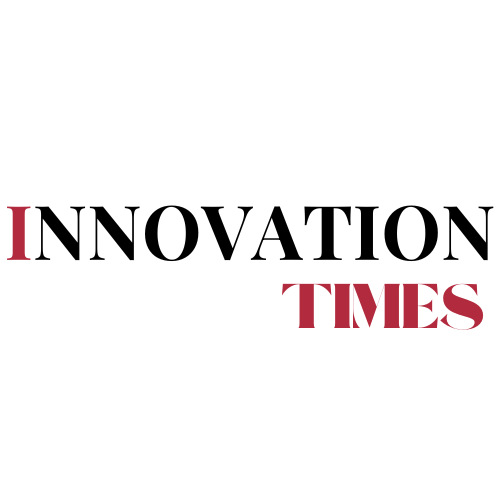Canada is grappling with a potential economic crisis as US President Donald Trump threatens to impose a blanket 25% tariff on Canadian imports. Prime Minister Justin Trudeau, once warning of economic hardships under such measures, has now adopted a more conciliatory tone, appealing to Trump’s vision of an “American golden age” and offering Canada as a secure and reliable partner.
Trudeau has emphasized Canada’s role in bolstering US national security, warning of alternatives like resources from Russia, China, or Venezuela if American partnerships falter. This pivot is part of Canada’s broader strategy to avoid a trade war with its largest trading partner, which accounts for 75% of Canadian exports. In contrast, Canada represents only 17% of US exports, leaving Ottawa in a precarious negotiating position.
The tariff threat follows Trump’s comments linking trade measures to border security, accusing Canada of enabling illegal immigration and fentanyl trafficking into the US. In response, Canada promised to invest C$1.3 billion in new security measures at the US border. Yet Trump doubled down, dismissing these efforts and signaling an unpredictable approach to trade policies.
While Canada has prepared retaliatory measures, such as targeted tariffs on goods like Florida orange juice, Trudeau is treading carefully to avoid escalating tensions. This cautious approach mirrors strategies employed during Trump’s first term when Canada faced tariffs on steel and aluminum. However, the current situation is less defined, with Trump’s objectives and timelines shrouded in uncertainty.
Internally, Canada’s leaders remain divided. Trudeau has not ruled out drastic measures, including taxing or embargoing energy exports to the US. However, Alberta Premier Danielle Smith opposes using energy as leverage, citing the province’s reliance on the US market. Both leaders have personally visited Florida to appeal directly to Trump, underscoring the stakes of the negotiation.
Trump’s unpredictable trade policies, including his “America First” review, aim to prioritize US national security and economic dominance. He has proposed creating an External Revenue Service to manage revenues from foreign tariffs and is pushing to renegotiate the long-standing free trade agreement between Canada, the US, and Mexico ahead of its 2026 renewal.
Economists warn that a prolonged trade war could slash Canada’s GDP by up to 5.6%. This stark reality has driven Trudeau’s administration to focus on strengthening US-Canada ties and reinforcing mutual benefits. However, calls to diversify Canada’s trade partnerships to reduce dependency on the US remain largely aspirational, given the geographic and cultural proximity between the two nations.
Canada is facing immense pressure to navigate these challenges while safeguarding its economic stability. Trudeau’s strategy reflects a delicate balancing act between cooperation and retaliation, with the future of Canada’s economy hanging in the balance.



